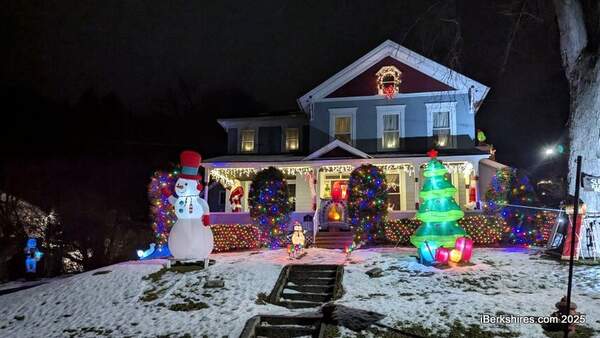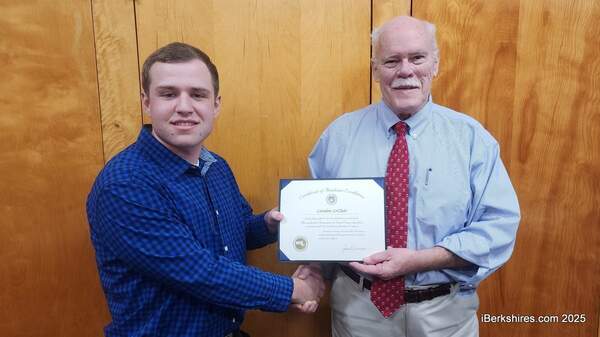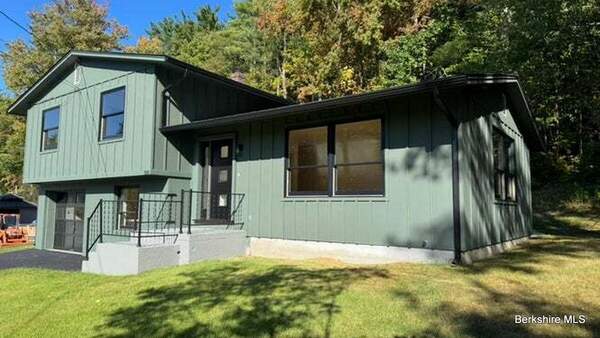
Don't leave your IRA to the IRS
 |
If you've invested in an IRA for many decades, it may well turn into a key source of income for your retirement. Still, you might not deplete your IRA in your lifetime, especially if you also have a pension or a 401(k) and other investment income. So, if your IRA still has sizable assets after your passing, it would likely end up in your estate plan. If you leave your IRA to grown children or other family members, could they be hit with a big tax bill?
Here's a little background: Up until the Secure Act of 2019, those who inherited traditional IRAs could extend their required withdrawals over their lifetimes, which stretched out the annual taxes due on these withdrawals. But the Secure Act changed the provisions for non-spouse beneficiaries who inherited an IRA after 2019, meaning that beneficiaries of inherited IRAs had only 10 years (beginning the year after death) to withdraw the entire balance. For some beneficiaries, this could potentially create a tax burden. (Inheritors of Roth IRAs are also required to follow the 10-year distribution rule but are not subject to income taxes on account earnings if the Roth IRA's five-year holding period has been met).
However, not all beneficiaries were affected by the new rules. Spouses can stretch their inherited IRA distributions over their lifetimes and exceptions exist for certain non-spouse beneficiaries. Minor children of the IRA owner (until the age of majority), chronically ill or disabled individuals, and beneficiaries who are no more than 10 years younger than the IRA owner may opt to stretch their distributions.
The new 10-year requirement applies to IRAs inherited on or after
Jan. 1, 2020. But due to confusion over changes to required minimum distribution (RMD) rules for some beneficiaries of inherited IRAs, the IRS waived penalties for individuals who failed to take RMDs in 2021 and 2022 and extended the RMD penalty waiver for 2023.
Although these rulings give beneficiaries — those not eligible for the exemptions listed above — more time to plan, they will eventually need to start taking RMDs, which could affect their tax situations. To help protect your heirs, consider these suggestions:
- Using permanent life insurance. A properly structured permanent life insurance policy could help you replace the assets your family might lose to the taxes resulting from an inherited IRA. You might even consider naming a charity as the beneficiary of an IRA, rather than your family members. The charity would receive the IRA proceeds tax free, and the life insurance could then provide tax-free benefits to your heirs.
- Leaving taxable investment accounts to your heirs. Apart from your tax-deferred IRA, you may own other, fully taxable accounts containing investments such as stocks or bonds. Typically, these investments receive what's known as a "step-up" in their cost basis once they are inherited. This means your heirs will essentially inherit all the gains your investments earned by the time of your passing — but they won't be taxed on these gains if they sell the assets immediately. This type of sale could help offset the taxes your heirs will incur from the inherited IRA.
The tax and investment issues surrounding inherited IRAs can be complex, so consult with your tax and financial advisors before making any moves. And, as with many areas relating to inheritances, the sooner you start planning, the better.
This article was written by Edward Jones for use by your local Edward Jones financial advisor. Courtesy of Rob Adams, 71 Main Street, North Adams, MA 01247, 413-664-9253.. Edward Jones, its employees and financial advisors cannot provide tax or legal advice. You should consult your attorney or qualified tax advisor regarding your situation. For more information, see This article was written by Edward Jones for use by your local Edward Jones financial advisor. Courtesy of Rob Adams, 71 Main Street, North Adams, MA 01247, 413-664-9253.. Edward Jones, its employees and financial advisors cannot provide tax or legal advice. You should consult your attorney or qualified tax advisor regarding your situation. For more information go to www.edwardjones.com/rob-adams.















